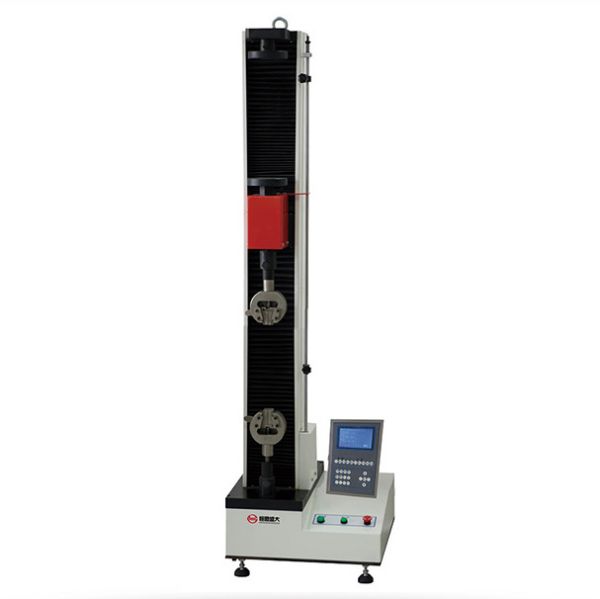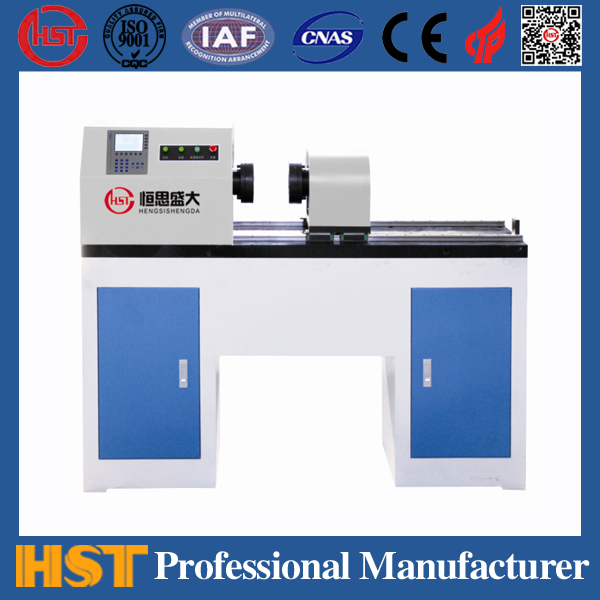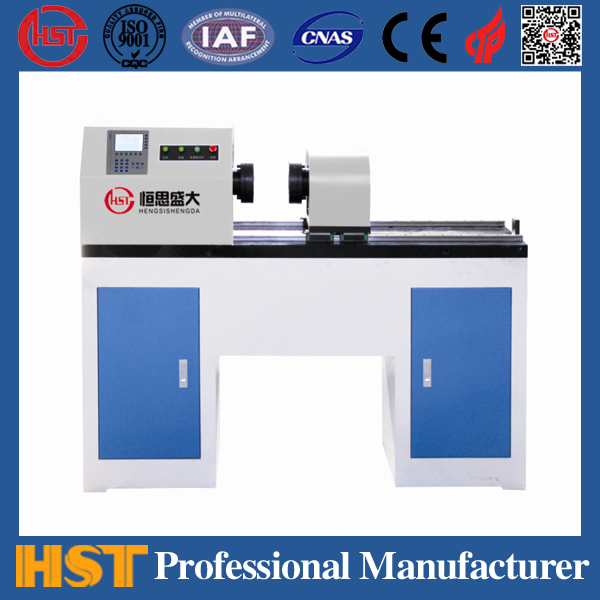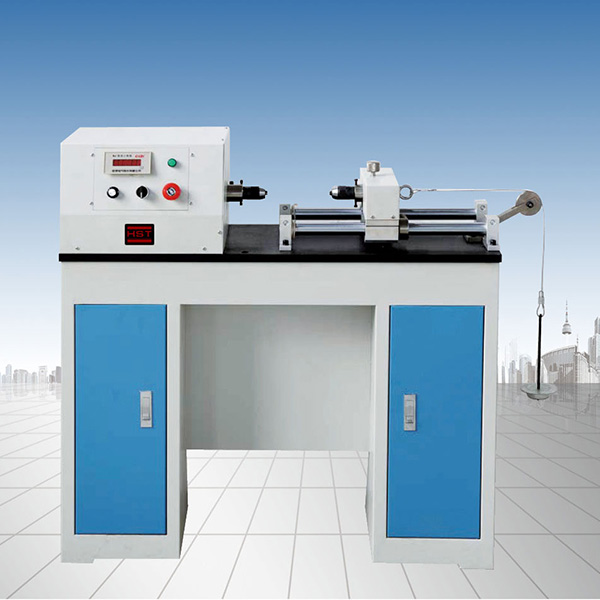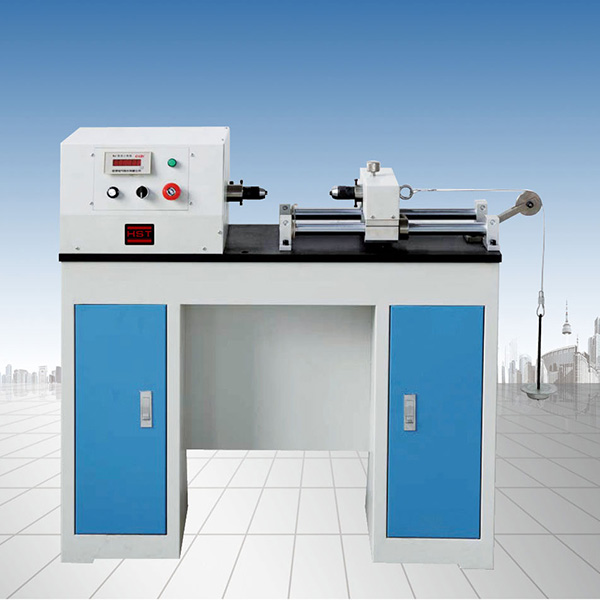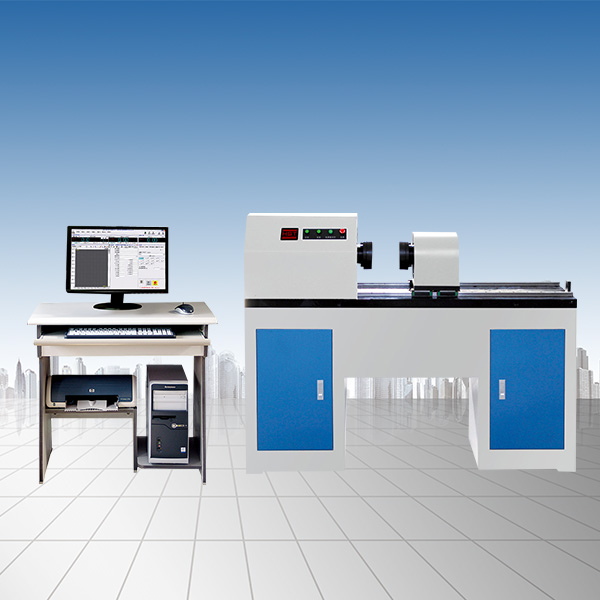Company News
Digital Display Universal Test Machine Installation and Debugging Guide
Release time:2018-11-23 source:Jinan Hengsi Shanda Instrument Co., Ltd. Browse:
Universal testing machineThe controller consists of a main control board, a keyboard, and a monitor. The main control board collects force and displacement signals. According to the test procedures, it drives the motor to move and obtains the required results. The main control board uses an ARM series 32-bit processor, which has powerful functions and fast computing speed. The following will be specified based on the signal wiring.
The main control board connects the keyboard and the monitor at the same time, receives keyboard commands, and outputs display information. The keyboard can be a keypad or a membrane keyboard
The LCD monitor can display test curves and multiple test results in real time, and can connect multiple models of needle-pressing or thermal-sensitive micro-printers to print test curves and test results. There are many types of drive motors, such as DC speed regulators, stepper motors, servo motors, frequency converters, proportional valves, etc. It can be used in both the harsh environment of the factory production workshop and the clean environment of the laboratory, making it quick and flexible to operate.
Test machine operation
The front of the measuring and control instrument can be divided into two parts: the LCD display part and the keyboard.
Introduction to the functions of each face key:
LCD display: display force value, peak value, displacement, speed, prompt, etc.
Keyboard: Used in conjunction with LCD, it is used to control operations and changes in each parameter value, and to control the operation of the motor.
Introduction to each button:
Name and function:
[↑], [↓], [←] The two keys are used to coordinate [calibration] and [setting] to select and modify data. The following is an example description in the function introduction of other keys.
[Settings], press [Settings] to display
This is also the state you enter directly after turning on the computer. The rows are displayed in reverse, indicating that the default is the row. Press the [↑] and [↓] keys to change in four options. After selecting one of them, press the [Settings] key to display.
The two lines are operation prompts, and the rows are displayed in reverse, indicating that the default is the row. Press the [↑] and [↓] keys to change in multiple options. These options are the parameters required for the previous step selection. Different selections of the previous step, and the content and number of options on this screen are also different. If you select an option with the [↑] and [↓] keys, the option will be displayed inverted. Press the [Settings] key at this time, then the one of the contents of the option will be displayed in flash, indicating that the bit can be modified. Press the [↑] and [↓] keys and the bit will change between 0-9. Press the [←] key to move forward to the flash display. Press the [Settings] key after the content of this item is modified, and the number will stop flashing, and the entire parameter item will continue to be displayed inverted. At this time, press [↑] and [↓] to select other parameter items. When all parameters are modified, press the [Reset] key, save all the modifications just now and enter the normal test state.
http://www.hssdtest.com/
Recommended productsPRODUCTS


















